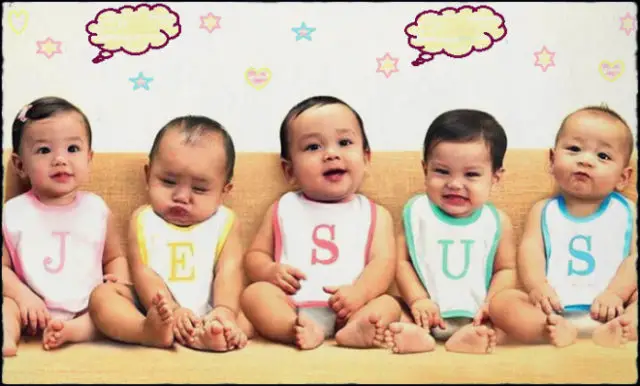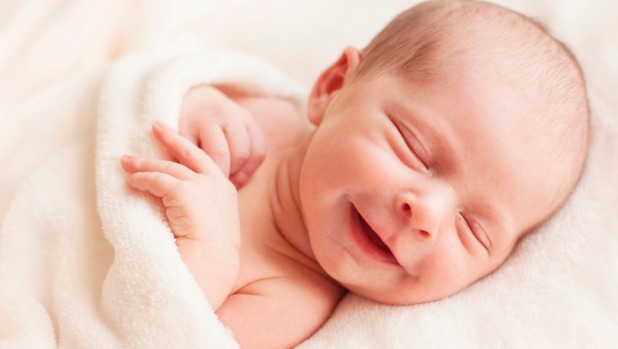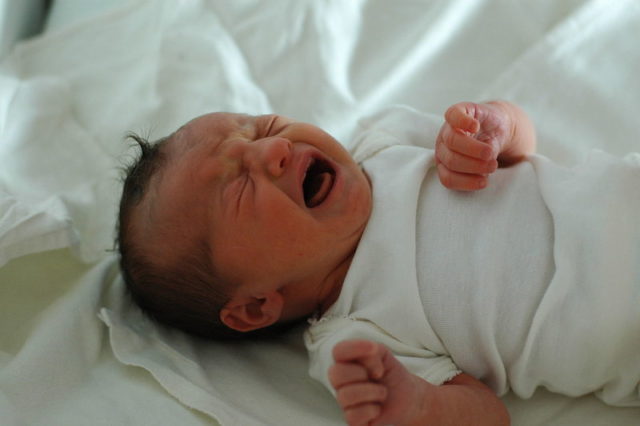
The baby has tender weapons of “seduction” from which few of us can escape. His subtle, tender and angelic nature makes him the most spoiled of the family.
The baby has the most beautiful smile

This is the earliest form of intelligent communication of the child with his environment. It exists already in the first weeks of life, not as an intentional gesture, but as a reflex response to the sensation of pleasure. The mother interprets it as a sign of her baby’s attachment and this strengthens the bond that unites them.
The baby’s first intentional smile appears around the sixth week. From then on, an exchange without words, but with many meanings, takes place between mother and child and also with dad. They smile at him and he smiles back. These special moments reinforce their love for him.
And soon another novelty will arrive: the child begins to give his smile to more people: to the grandfather who pampers him, to the aunt who says sweet things to him … Until suddenly, one day, around five months, the parents wince at him or give a little scare … and he laughs out loud! He already has a sense of humor and has just discovered a new capacity that causes immense tenderness.
However, around the eighth month, the child smiles again at just mom and dad. It seems like a setback, but it is not; what happens is that he has entered the phase of fear of strangers. It is a passing stage; in a few months, he will be as friendly as before and try to capture anyone’s attention with his smiles. From what he has learned, he will only have that complicit look that he directs from time to time, like scanning all around.
The influence of crying

No mother can resist the cry of her little one, and it is positive that this happens. From birth, your child has in this expression one of the most powerful tools to communicate with you and the world he has just arrived at and to express his needs. At first, the most basic: crying lets you know that he is hungry, thirsty, cold, and sleepy.
Sooner, more complex emotions begin to awaken in the child, which are also reflected in his crying: he cries when he is afraid when he knows that you are going to leave and he is anxious about the separation or, simply, when he is bored and wants you to go to his side.
Your thanks and your antics
All children, from the age of six months, look at the mother’s face looking for information; this ability to “read” the reactions is further perfected between 14 and 22 months. So when your child rehearses an occurrence, he quickly scrutinizes your facial expression to see what your answer is. And if he sees that you found it funny, he feels more encouraged to repeat it.
And it is that all children enjoy having an audience, as demonstrated by research from Indiana University (United States). After asking a group of mothers to watch their little ones while they played and then stop looking at them, the result was clear: the children were serious when they felt ignored by their mother and smiled 50% more if they knew that they were being watched.
Besides, as soon as they grow a little more, they expand their audience and are already looking for a favorable reaction from their uncles, grandparents, and people outside the immediate family. They provoke laughter which they enjoy and it does them good. It is not at all bad that your child seeks to be the center of attention as long as he does so, not crying or misbehaving.
The attention that the little one achieve progressively connects his tenderness with all the surroundings, connecting with others and for a long time maintaining his power as the great “seducer”.

